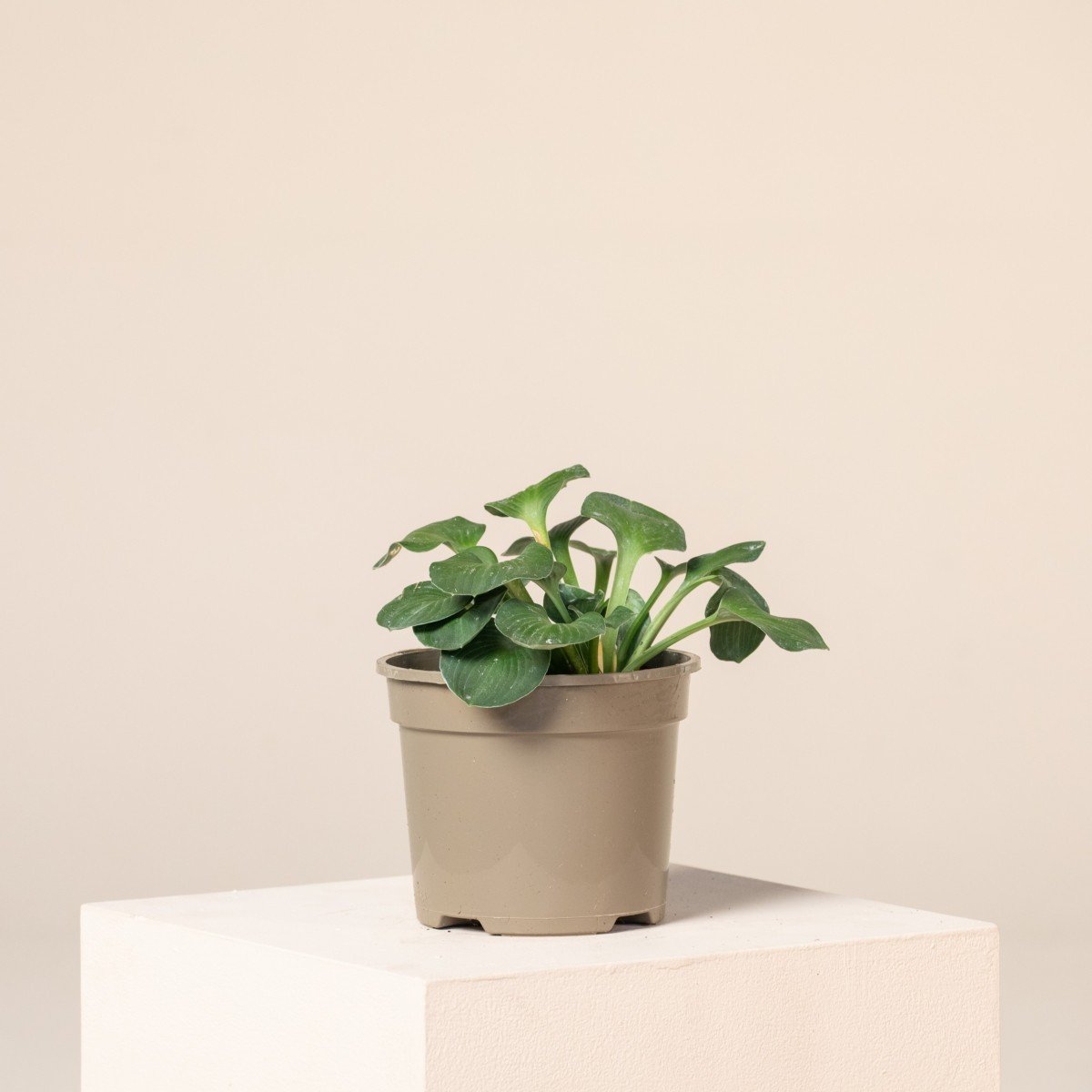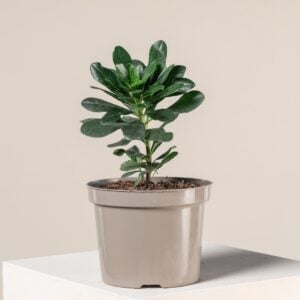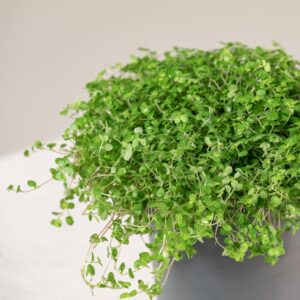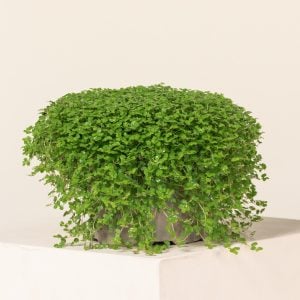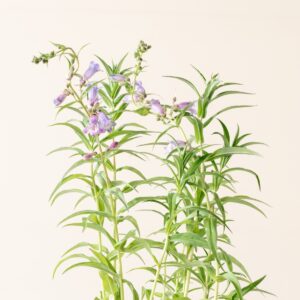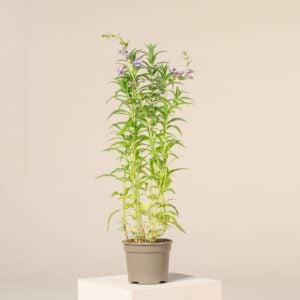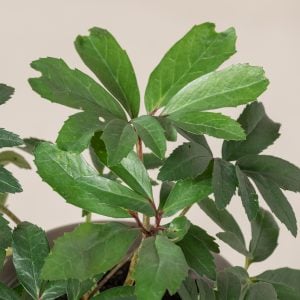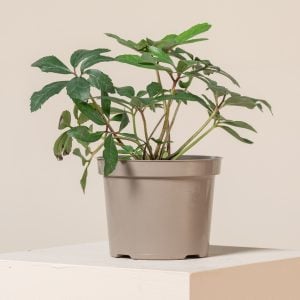Hosta ‘Blue Mouse Ears’
plantain lilly, blue plantain lilly
£10.95
Hosta ‘Blue Mouse Ears’ is an unfeasibly cute dwarf hosta with the most charming habit.
Overlapping piles of compact, almost round dished glaucous blue foliage form a perfectly symmetrical low mound that is topped by an equally compact flower spike.
FREE DELIVERY FOR ONLINE ORDERS*
*(parcel orders over £60.00 and pallet deliveries over £350.00)
Order today for shipping on Friday 26th April.
Plant Biography
This dwarf variety of Hosta originates, as its bigger brothers in Japan, however the “Blue Mouse Ears” cultivar was recently added to commercial cultivation. ‘Blue Mouse Ears’ was named Hosta of the Year in 2008 by the American Hosta Growers Association.
In their native habitat, hostas are typically found in woodlands and glades. Therefore, the ‘Blue Mouse Ears’ Hosta can be used as a ground cover or even grown in a container.
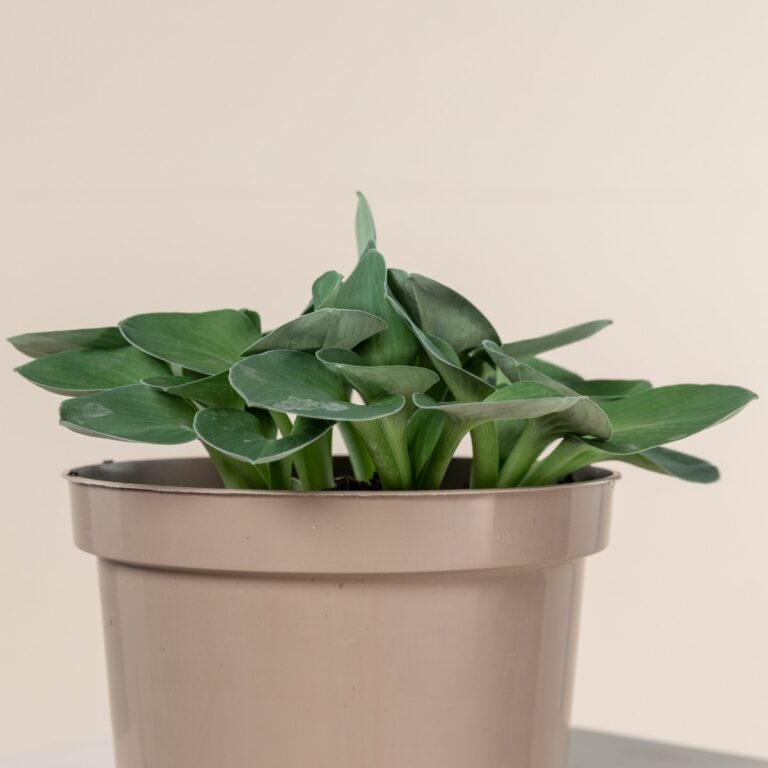
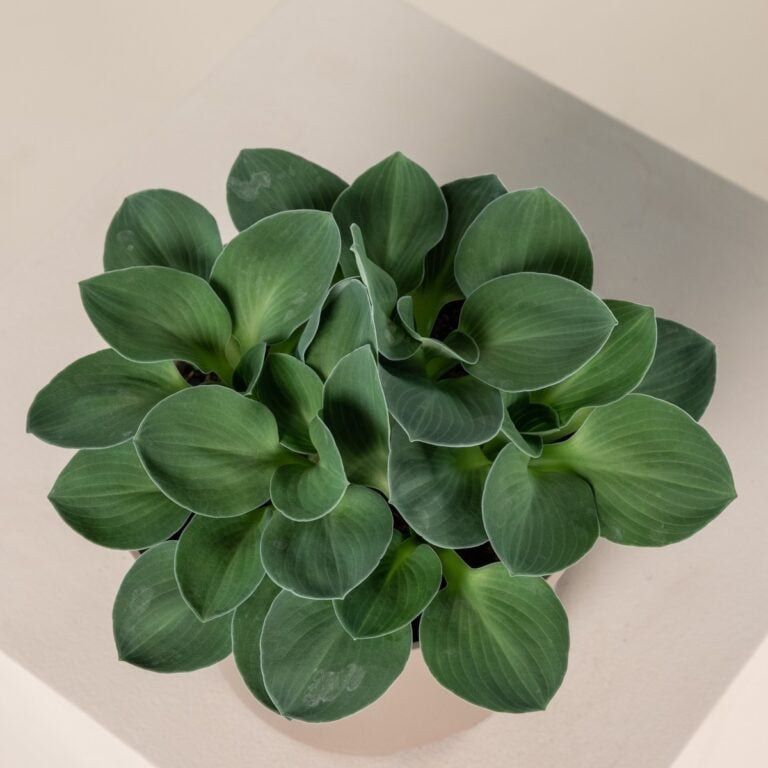
Care Size and Guidance
Hostas can be used to underplant trees or shrubs, as they prefer a bit of shade throughout the day. They will happily grow both in loamy soil as well as clay where most of the plants would struggle.
It prefers a deeper shade than other hostas, full shade won’t mind it.
Propagation of the clumps can be achieved through division in early spring or late summer. Divide the clump in multiple parts so that each fragment will have 2-4 growth buds. A mature clump can be divided after 4-5 years.
Expert Tip
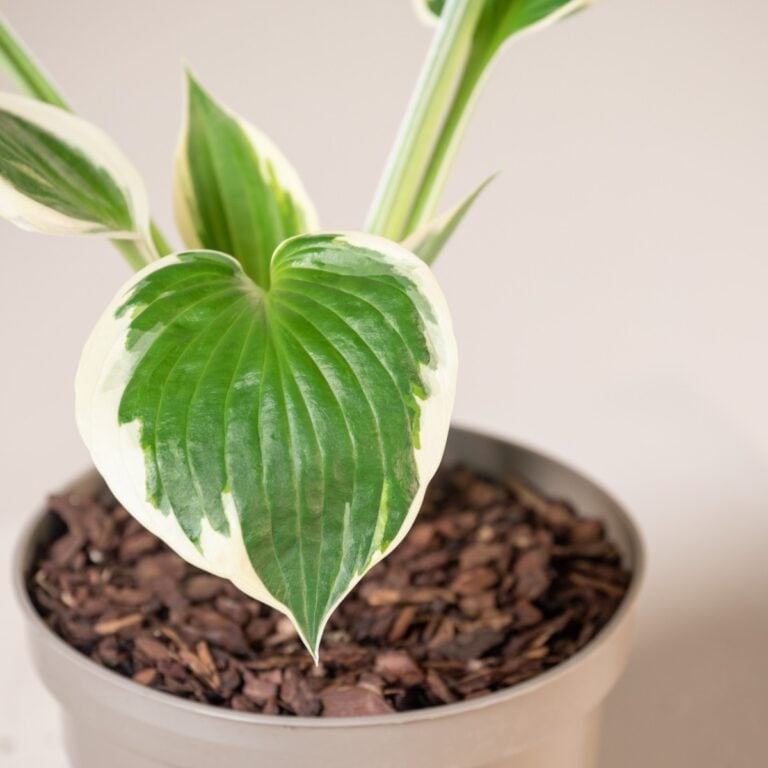
Planting Hostas
Hostas thrive in well-draining, rich soil which has a slightly acidic to neutral pH (around 6.0 to 7.5). Before planting, amend the soil with organic matter such as compost or aged manure to improve its texture and fertility. Work the amendments into the soil to a depth of about 30cm.
If the roots are tightly bound, gently tease them apart to encourage outward growth. Place the plant in the centre of the planting hole, ensuring that it is positioned at the same depth as it was in the container. Backfill with compost and keep the soil consistently moist but not waterlogged while it is getting established.
Apply a layer of organic mulch, such as shredded bark or compost, around the base of the Hosta plant to help retain soil moisture and suppress weed growth. Keep the mulch a few inches away from the stem to prevent rot and fungal diseases.
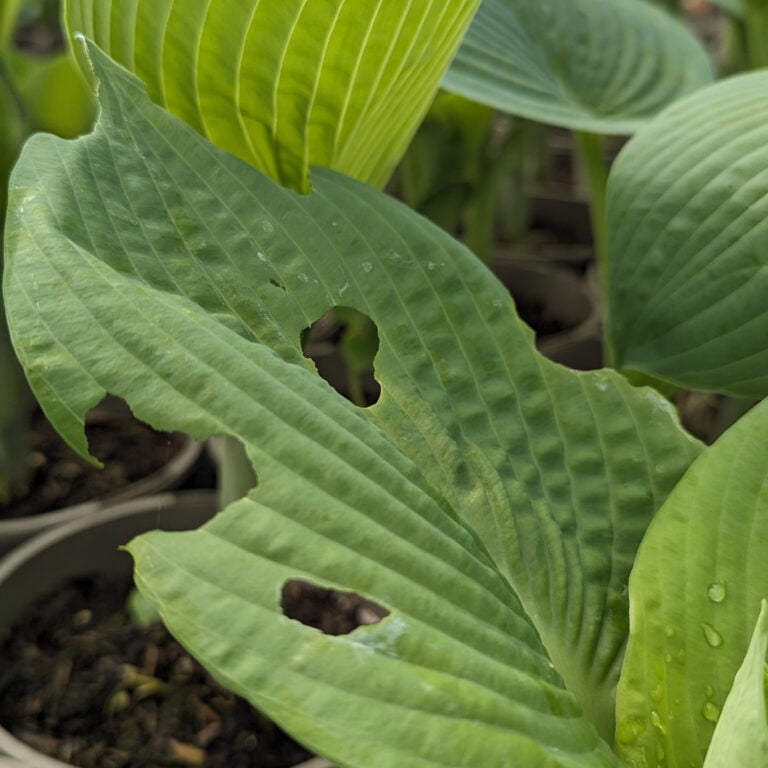
A slug magnet
Hostas are a magnet for slugs and often fall victim to them, creating a challenging relationship for gardeners. Slugs are voracious nocturnal feeders (insert Hosta vampire reference here!) that can cause significant damage to Hostas, particularly by consuming their tender leaves.
Hosta plants are particularly attractive to slugs due to their succulent leaves and the moist, shady environments they often grow in. They can consume significant portions of the foliage, compromising the plant’s ability to photosynthesise and ultimately weakening it.
Gardeners often employ various strategies to control slug populations and protect their Hosta plants. These may include physical barriers such as copper tape or diatomaceous earth, which create obstacles that slugs are reluctant to cross. A more recent




